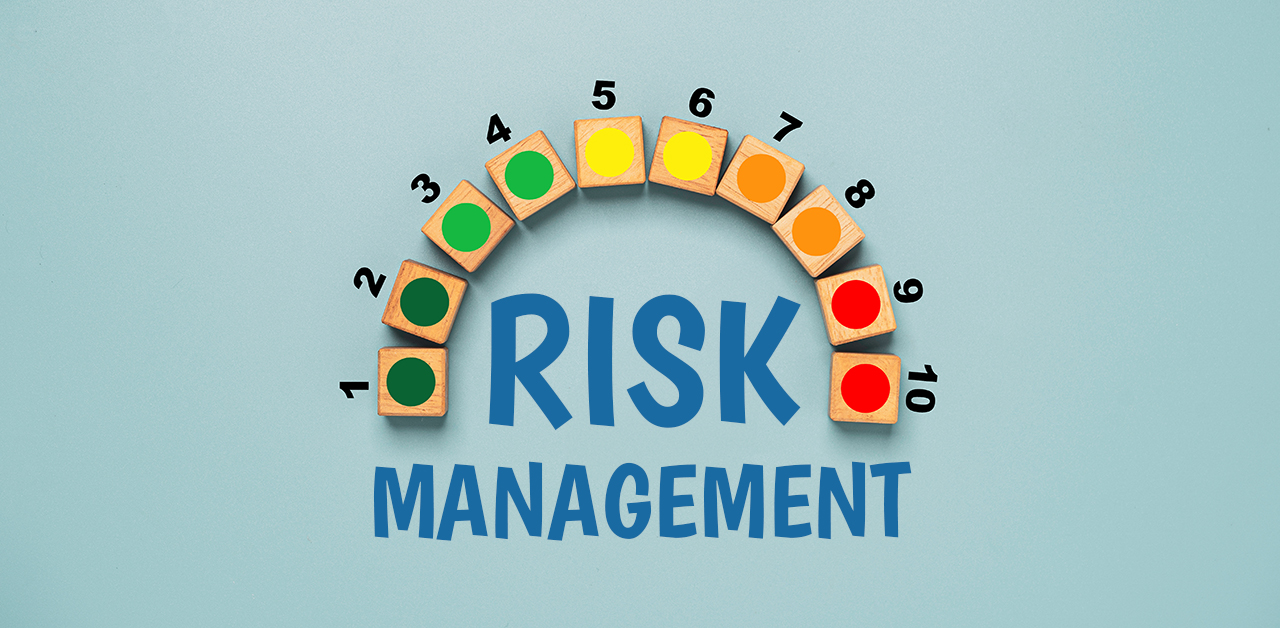LTO tapes were once the standard for data storage, and they are still relevant. They have remained in a steady position of reliability for decades. When hard disk storage emerged, LTO tape drives became more difficult to find. New drives are rare and there are no recent upgrades for existing models. Some companies were able to make the upgrade to hard disk with ease. However, many IT departments continued to rely on the benefits of tapes. Large-scale operations that command higher storage capacity for their data still depend on LTO tapes. Moreover, LTO tapes are safer, because they are longer lasting with regular maintenance and are built with software that prevents accidental overwrites. They can store more data for lower cost.
LTO Tape Drives: A Dying Breed
Whereas hard drives require no external device to access stored data, LTO storage requires a tape drive to access information. However, because of the decline in LTO tape drive manufacture, it can be difficult to find the right drive to access tapes that have been storing data for 10-15 years. The dilemma is felt by companies with a sudden need to pull up data from old tapes in storage who find themselves without the drive they need.Finding the Right LTO Tape Drive for the Job
It may be difficult to imagine where to start searching for older technology, even if that technology is still useful and relevant. Few manufacturers still produce them, and it’s challenging to find compatible drives that accommodate older tapes. A good solution is to locate an electronics recycling and refurbishing vendor. These businesses have older equipment that still has life in it available at a reasonable cost. Sometimes, an electronics recycling vendor is the only route to finding early generation LTO tape drives for data access.

